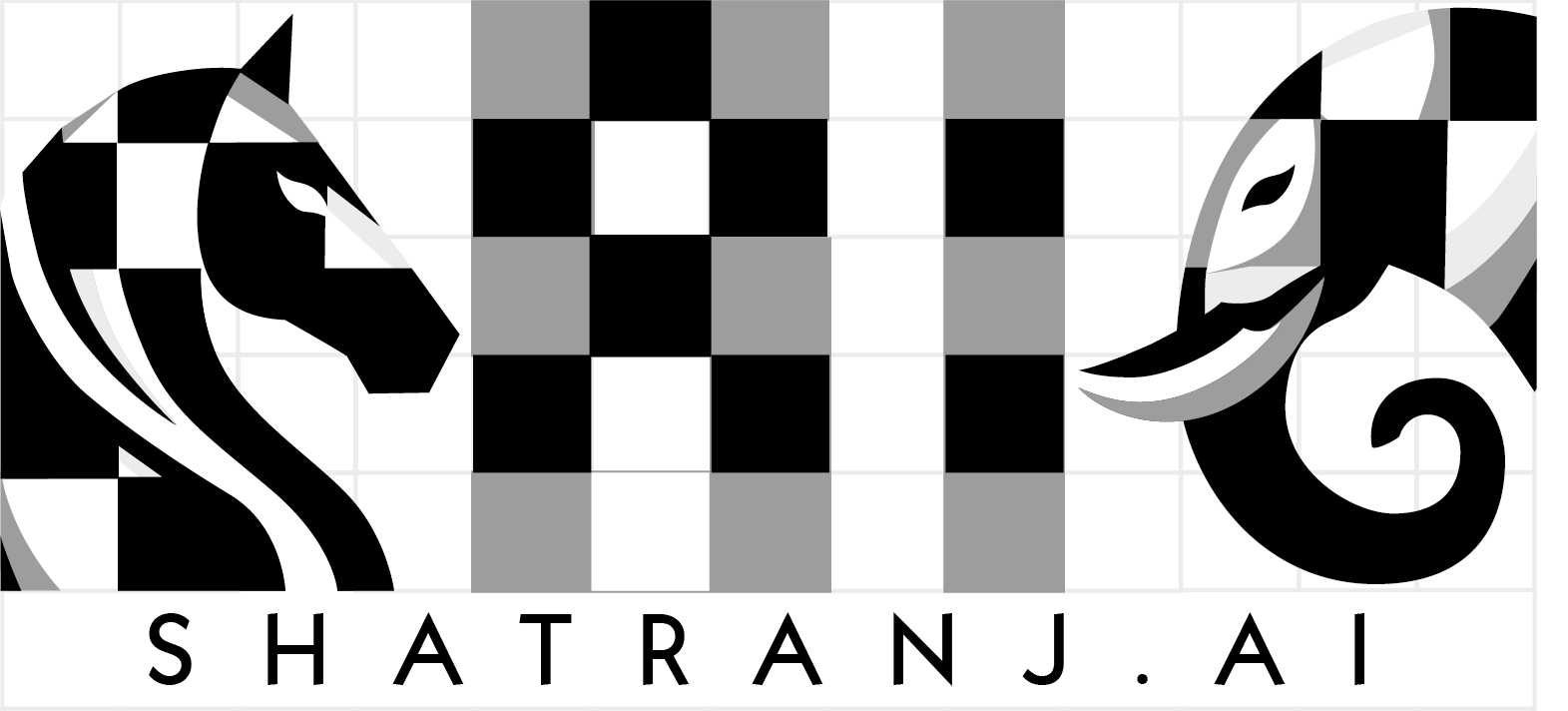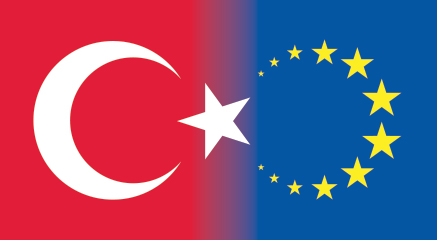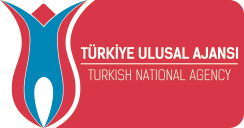Our project, “An Artificial Intelligence Curriculum Based on Historic Board Games for Youth Development,” granted support by the Erasmus+ KA2 program, embodies a unique educational approach that marries the rich tapestry of cultural heritage with the forward-looking field of artificial intelligence (AI). This innovative curriculum is meticulously crafted to offer a deep dive into the strategic depths and historical significance of mind and board games from European, Mediterranean, African, and Asian civilizations. Our selection of games for inclusion in the curriculum has been guided by principles of cultural inclusivity, pluralism, and diversity, ensuring that students gain a broad understanding of global heritage and its profound influence on strategic thinking and problem-solving skills.
Commencing with an immersive exploration of these historic games, the curriculum not only celebrates the cultural diversity of our shared human history but also demonstrates the universal appeal and enduring relevance of these games in developing critical thinking. Following this foundational exploration, the curriculum progresses into a comprehensive three-part series on Python programming. This sequence is designed to lay a solid foundation in coding skills, which are indispensable for AI development, thereby bridging historical knowledge with modern technological skills.
As the course advances, students are introduced to the programming of historic board games such as 3-stone, 9-stone, Mankala, and the Ur game, along with more complex games like Qirkat, the ancestor of checkers, and Shatranj, the historic version of chess. This hands-on approach does more than just connect students with the past; it equips them with the skills needed to reimagine these ancient games for the digital future. Through this blend of cultural exploration and technical education, the curriculum not only fosters an appreciation for the diversity of human intellect across civilizations but also empowers students to become innovative creators in the realm of artificial intelligence.
As the course progresses, it explores adversarial search algorithms including depth-first search, breadth-first search, best-first search, heuristic search, as well as advanced concepts like the Minimax and AlphaBeta algorithms. These sessions are designed to deepen students’ understanding of AI strategies in the context of board games, challenging them to apply these techniques in solving classic puzzles such as the Horse Tour, the 8-vizier problem, and the centuries-old conundrum of Suli’s diamond. Additionally, the curriculum covers reinforcement learning on the chessboard, connecting historic strategies with modern AI technologies such as the Turk, DeepBlue, AlphaZero, and Stockfish, illustrating the evolution of game-playing AI.
Critical to our educational philosophy is an emphasis on ethical considerations and the environmental impact of AI technologies. The curriculum addresses the ethics of artificial intelligence and the carbon footprint associated with AI computations, encouraging a generation of technologically proficient youth who are also mindful of the societal and environmental implications of their work.ü
This innovative curriculum, enabled by the Erasmus+ KA2 program, not only aims to develop technical skills and strategic thinking but also to foster an appreciation for cultural history and ethical responsibility among the youth. By participating in this unique educational journey, students will gain invaluable insights into the intersection of technology, history, and ethics, preparing them for a future where they can contribute positively to the development of AI and society at large.

Lorem Ipsum is simply dummy text of the printing and typesetting industry. Lorem Ipsum has been the industry’s standard dummy text ever since the 1500s, when an unknown printer took a galley of type and scrambled it to make a type specimen book. It has survived not only five centuries, but also the leap into electronic typesetting, remaining essentially unchanged. It was popularised in the 1960s with the release of Letraset sheets containing Lorem Ipsum passages, and more recently with desktop publishing software like Aldus PageMaker including versions of Lorem Ipsum.




